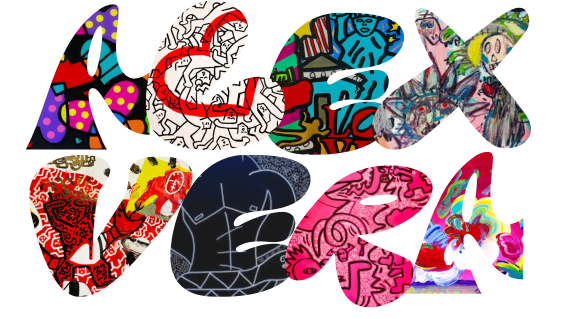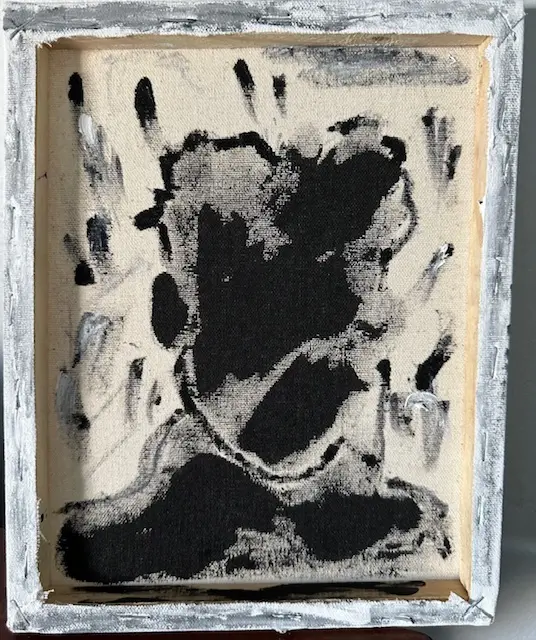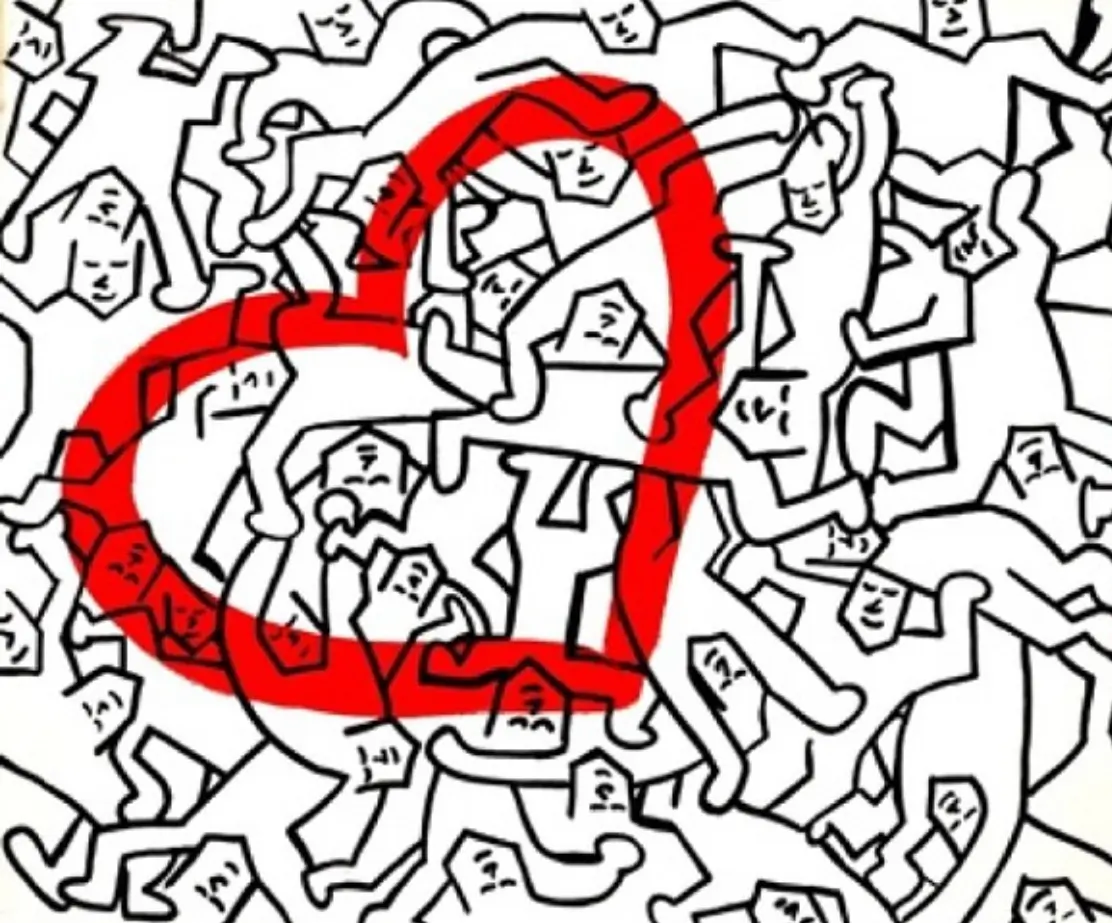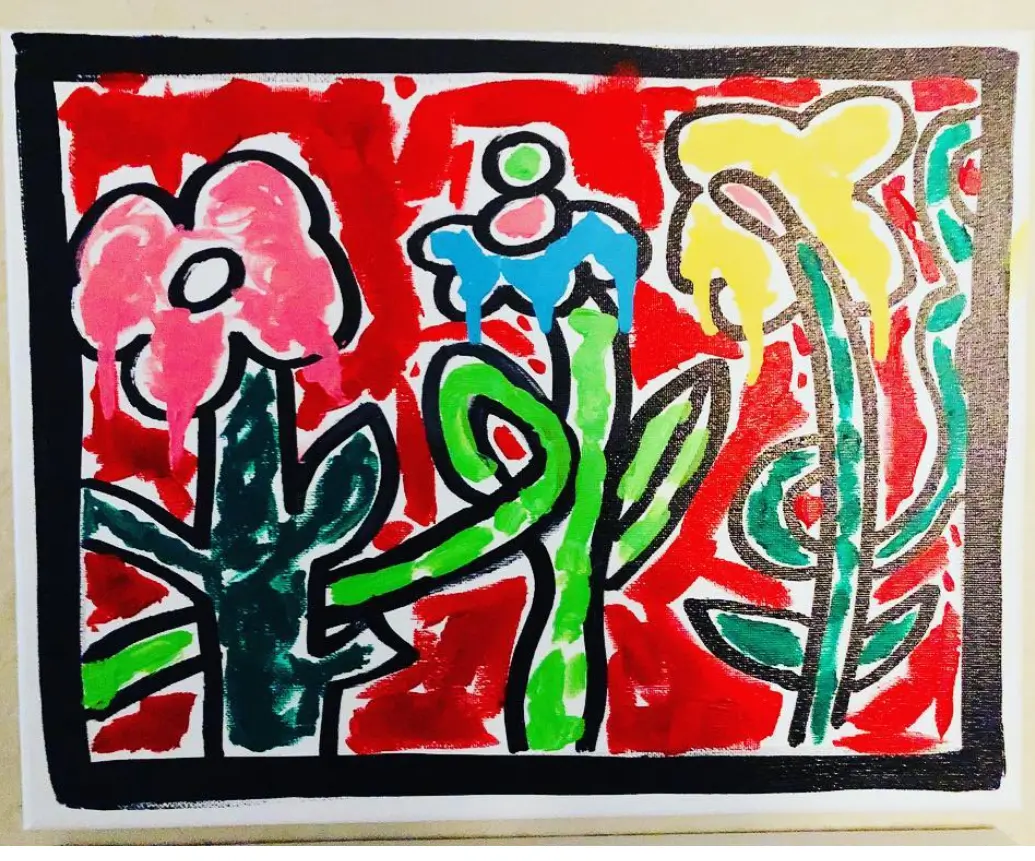Pablo Picasso, a name that echoes through time, is considered to be one of the most famous and influential artists in modern art history. His contributions to the world of art are immense, and his legacy is still celebrated today. In this article, we’ll take a closer look at Picasso’s life and the impact he had on the art world, from his role in co-founding Cubism to his experimentation with a variety of mediums, including paintings, sculptures, printmaking, and ceramics.
Picasso’s Early Life and Education
Pablo Picasso was born in Málaga, Spain, on October 25, 1881. His father was a painter and art teacher, which led young Picasso to develop an early talent for drawing and painting. He began attending art school at the age of 10, and later continued his education at the Royal Academy of San Fernando in Madrid. In 1900, Picasso moved to Paris, where he would spend much of his adult life.
Cubism and Picasso’s Impact on Modern Art
Picasso’s most notable contribution to the world of art was his role in co-founding Cubism. In collaboration with fellow artist Georges Braque, Picasso created a new artistic style that broke with traditional ideas of perspective and representation, presenting multiple viewpoints of a single object or scene. This movement was a major innovation in the art world, and it had a significant influence on the development of modern art in the 20th century. Today, Picasso and Braque’s work during this period is highly regarded and sought after by collectors and museums.
Picasso’s Versatility and Experimentation
Throughout his career, Picasso was known for his versatility and willingness to experiment with different styles and techniques. He worked in a variety of mediums, including paintings, sculptures, printmaking, and ceramics. His art went through many phases and periods, from the Blue Period, which was characterized by melancholic and blue-toned paintings, to the Rose Period, which featured warmer colors and more cheerful subjects. Picasso’s later works were marked by Surrealism, a movement that explored the subconscious mind through art. His constant push to explore the boundaries of what was possible in art remains a source of inspiration for many artists today.
Picasso’s Legacy
Picasso’s work received a great deal of recognition and acclaim during his lifetime. He was one of the most famous artists of his time, and his work was exhibited in galleries and museums around the world. He received numerous awards and honors, including the Legion of Honor from the French government, the International Lenin Peace Prize, and the Presidential Medal of Freedom from the United States government. Today, Picasso’s legacy lives on through his art and the influence he had on subsequent generations of artists. His work continues to be studied and analyzed by scholars and art lovers alike, and his impact on the art world cannot be overstated.
Pablo Picasso’s contributions to the art world are immense, and his impact on modern art is immeasurable. From co-founding Cubism to his experimentation with a variety of mediums and his constant push to explore the boundaries of what was possible in art, Picasso’s legacy is a true testament to his talent and influence. His work continues to be celebrated and analyzed today, and his name remains synonymous with artistic innovation and excellence.
Tony Shafrazi
In addition to Picasso’s significant contributions to the world of art, there is also an interesting story related to his artwork and a notorious art dealer named Tony Shafrazi. In 1974, Shafrazi defaced one of Picasso’s most famous paintings, “Guernica.”
“Guernica” was painted by Picasso in 1937 as a response to the bombing of the Spanish town of the same name during the Spanish Civil War. The painting has since become a powerful symbol of the horrors of war and the suffering of innocent civilians.
Shafrazi, who was known for his provocative stunts and self-promotion, entered the Museum of Modern Art in New York City and spray-painted the words “KILL LIES ALL” in red across the painting. Shafrazi was protesting the Vietnam War and saw “Guernica” as a statement against war in general. He was immediately arrested and charged with criminal mischief.
The incident sparked a controversy in the art world, with many outraged that someone would deface such an important work of art. The painting was eventually restored, and Shafrazi apologized for his actions. However, the incident remains a part of art history and a reminder of the power of art to provoke strong emotions and reactions.
A funny thing is, Tony Shafrazi, the art dealer who infamously defaced one of Picasso’s most famous paintings, “Guernica,” also played a significant role in the career of another iconic artist, Keith Haring.
In the early 1980s, Shafrazi owned an art gallery in SoHo, New York City, where he showcased emerging artists. It was there that he first discovered Haring, who was then a young artist just starting out. Haring had been making a name for himself by creating street art, including his famous chalk drawings on the walls of the New York City subway system. Shafrazi saw potential in Haring’s work and invited him to exhibit his art at his gallery.
The show was a huge success, and Haring’s unique blend of graffiti-inspired art and pop culture quickly caught the attention of art collectors and enthusiasts. Shafrazi continued to support Haring throughout his career, showcasing his work at his gallery and helping him to gain wider recognition in the art world.
Back to Picasso, Pablo Picasso’s legacy in the art world is immense and his contributions to modern art cannot be overstated. From co-founding Cubism to his experimentation with various mediums and his constant push to explore the boundaries of what was possible in art, Picasso’s influence continues to be felt today. Additionally, the incident involving Tony Shafrazi’s defacing of “Guernica” serves as a reminder of the power of art to spark controversy and provoke strong emotions. Picasso’s legacy lives on through his art and his impact on subsequent generations of artists, and his name remains synonymous with artistic innovation and excellence.







